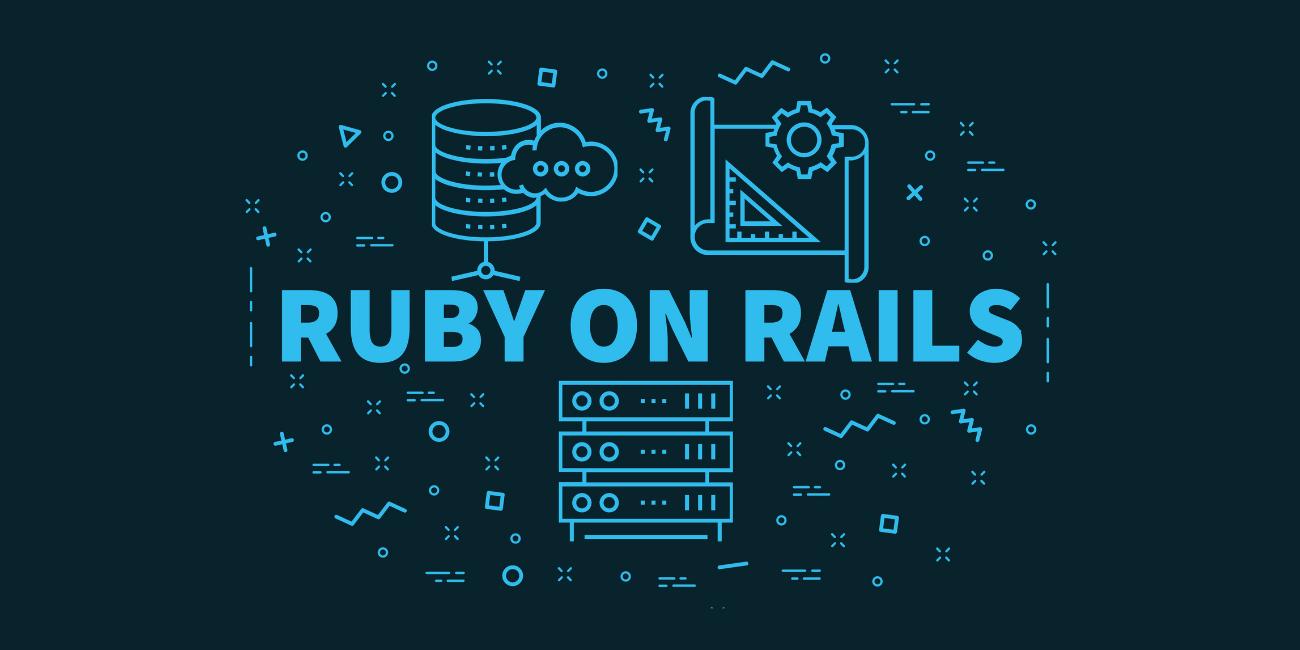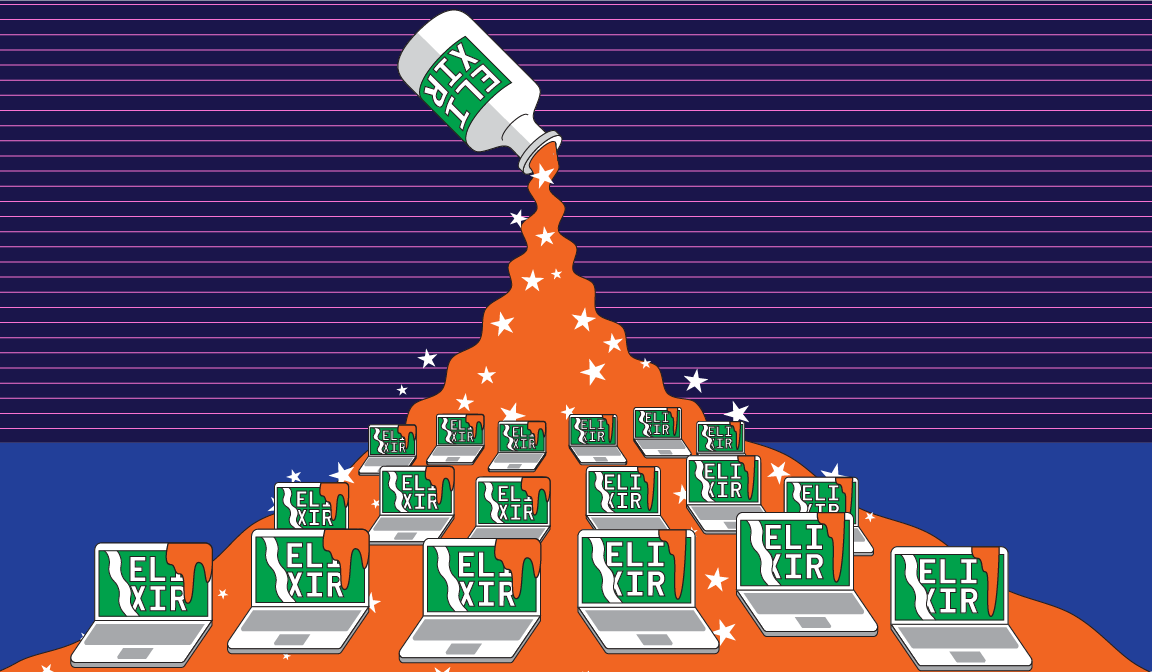Articles on development
Take Command of Your Ruby Code with the Command Pattern
It’s no secret that Ruby trivializes many classic design patterns. What might take 30 lines in Java can often be a one-liner in Ruby. But there’s more to learning a design pattern than reading some pseudo code about Widgets and AbstractFlyweightDecoratorFactory classes. The Command pattern is an abstraction that will be familiar to most experienced …
Why You Shouldn’t Sleep on Ruby on Rails in 2022
First released to the public in 2004, Ruby on Rails is an open source web-application framework written in the Ruby programming language. We sat down with Carbon Five Director of Engineering Matt Brictson to discuss all things Ruby on Rails, including the benefits of using Rails versus an all-Javascript stack, what’s in store for the …
How to Use Actionable Emojis in Your Pull Request Reviews
Carbon Five has embraced emoji in daily written communication. They carry a lot of meaning in a small package, they inject personality and culture into our writing, and they visually stand out on the page as you scan a document. Pull requests are no exception. Love them or hate them, emojis ensure our pull request …
How To Build Products with Cutting-Edge Technology Using Agile Methodology
During her three years as a software engineer at Carbon Five, Rose Karr has had the opportunity to work on several projects that involve cutting-edge technology. She has found that while working with this kind of tech can be exciting, it also presents a unique set of challenges. In a recent talk, Karr discussed some …
Redux Minus Redux With React Contexts
When it comes to state management in the front end, Redux has long reigned supreme. With the development of Contexts, we’re now seeing the beginning of an alternative which is brand new, but also capable of being completely familiar for long-time Redux fans. Using React Contexts with Redux-like paradigms is a good way to embrace …
Greenfield Projects: Seven Ways to Set Yourself Up for Success
Greenfield projects have a hidden set of needs — and each one can be an opportunity for growth if handled well! But if handled poorly or if not handled at all, these pitfalls can perpetuate and multiply across the lifetime of the project, taking you further and further away from your treasure and further into the endless cave of despair.
A Tale of Two GitHubs: A Practical Guide
Let’s say you have two GitHub accounts: one is a work account that you use for professional projects, and the other is for your top secret hacker projects. This can cause problems like trying to push to a repository with an account that doesn’t have access or having the wrong GitHub author in your commits. …
It’s Never Been Better to Get Started with Cypress Web Tests
If your project could at all be described as a web application, your UX pipeline would likely benefit from adopting Cypress. Beating out Selenium on speed as well as breadth of testing tools, Cypress provides automated testing of your website’s critical features in a matter of minutes. A testing framework built on top of many …
How to Deploy Elixir Releases with Ansible
In my last post, I described how to generate a platform-specific Elixir release. Now, the only thing left to do is to put it on the world wide web. To follow along with this post, you’ll need a few things: An IP address for a remote machine (preferably running Linux) you want to deploy your …
Reflections in Go, for Cats
Several months ago, I had a story requiring metaprogramming in golang. I wasn’t very familiar with reflections in Go, and the available docs and write-ups aren’t the best for me, since I’m a learn-by-example kind of person. Having come to Go (ha) as a Rubyist, the lack of generics left a little bit of a …









